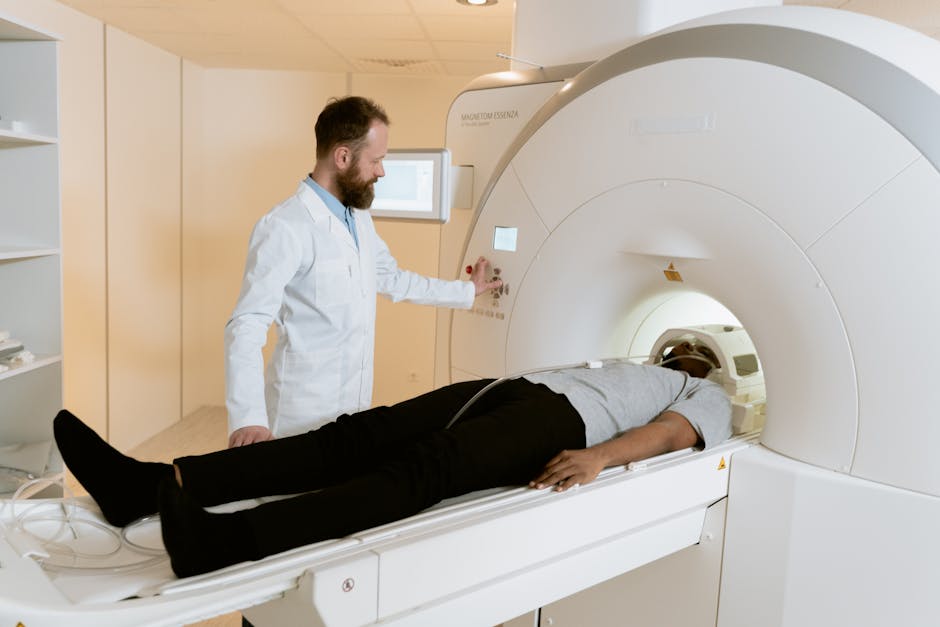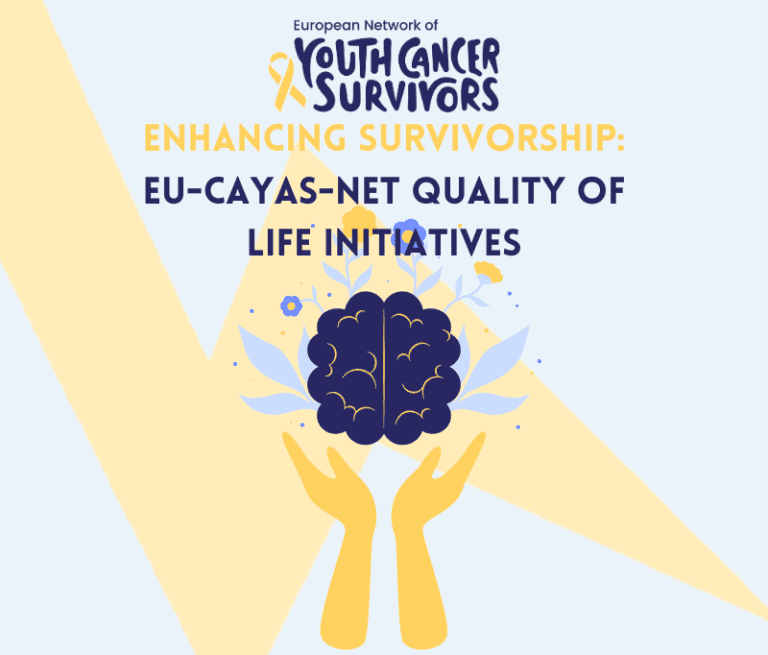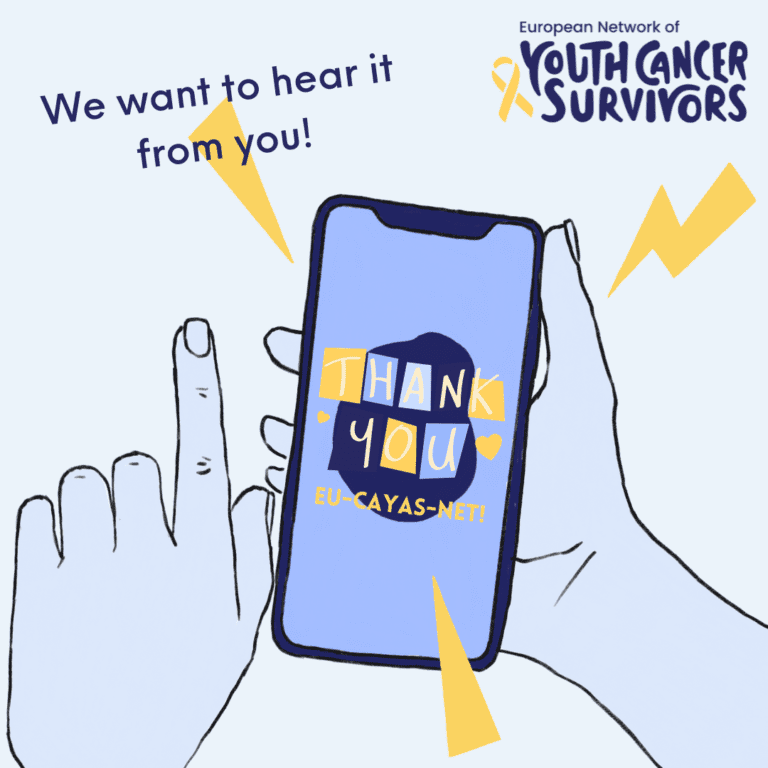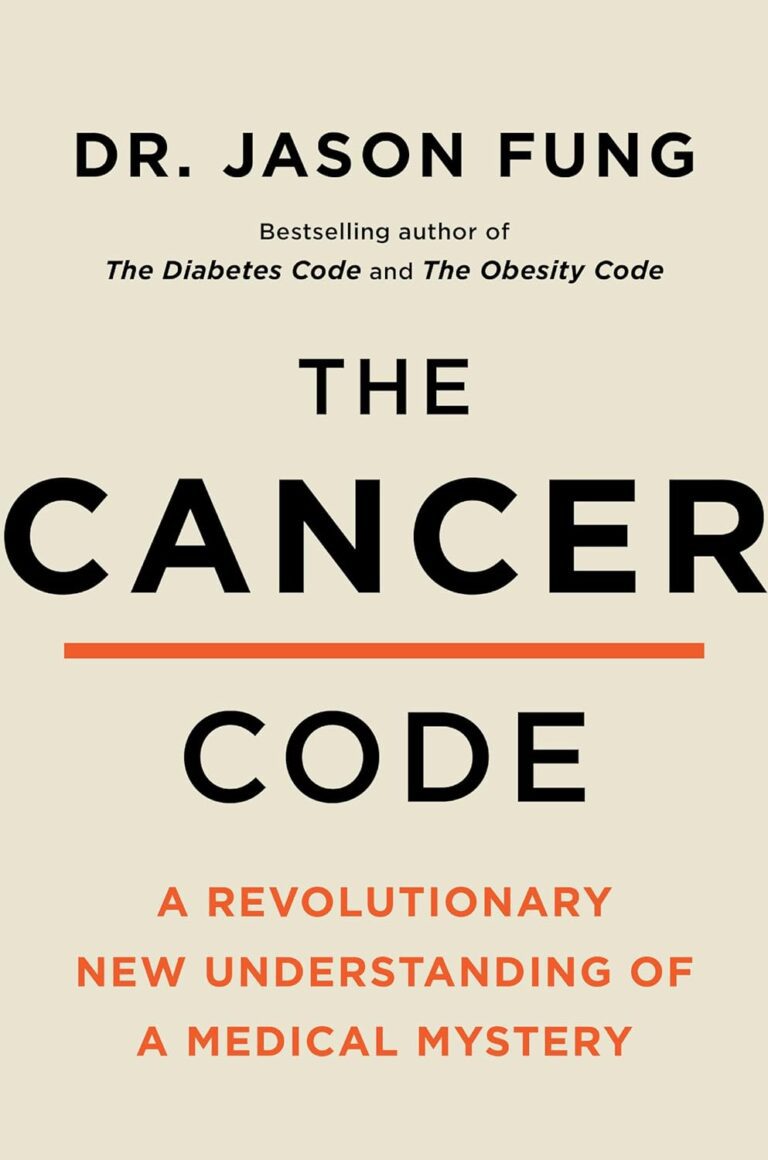
Overview
Radiation necrosis is a serious side effect of radiation therapy, a common treatment for cancer patients. It occurs when healthy tissues in the body are damaged by radiation, leading to cell death and tissue necrosis. This condition can manifest weeks, months, or even years after treatment and may affect various parts of the body, depending on the site of radiation exposure.
Key Information
Radiation necrosis is primarily associated with high-dose radiation therapy used to treat tumors. While radiation aims to destroy cancerous cells, it can also inadvertently damage nearby healthy tissues. The risk of developing radiation necrosis depends on the radiation dose, the size of the treatment area, and individual patient factors.
Common areas affected include the brain, where necrosis can lead to neurological symptoms, and the skin, where it may cause ulcers and tissue breakdown. Symptoms vary widely but often include headaches, cognitive disturbances, and focal neurological deficits in cases involving the brain.
Clinical Significance
Understanding radiation necrosis is crucial for both healthcare providers and patients undergoing radiation therapy. Early recognition and diagnosis are important to prevent further complications. Imaging techniques such as MRI and CT scans are often used to differentiate radiation necrosis from tumor recurrence, which is essential for determining the appropriate course of action.
Treatment & Management
The management of radiation necrosis involves a combination of medical therapies and, in some cases, surgical intervention. Corticosteroids are frequently used to reduce inflammation and swelling. In severe cases, surgical removal of necrotic tissue may be necessary. Other treatments, like hyperbaric oxygen therapy, are being explored for their potential benefits in promoting tissue healing.
It is vital for patients to work closely with their healthcare team to monitor symptoms and adjust treatment plans as needed. Regular follow-ups and imaging studies are often required to assess the progression of the condition.
Patient Resources
Patients dealing with radiation necrosis can access various resources for support and information. These include patient advocacy groups, educational materials provided by cancer treatment centers, and online forums where patients can share experiences and advice. Healthcare providers can offer guidance on managing symptoms and connecting with support networks.
Frequently Asked Questions
- What are the symptoms of radiation necrosis?
Symptoms vary depending on the affected area but may include headaches, cognitive issues, and skin ulcers.
- How is radiation necrosis diagnosed?
Diagnosis typically involves imaging studies like MRI or CT scans to distinguish necrosis from tumor recurrence.
- Can radiation necrosis be cured?
While there is no cure, symptoms can be managed with medications and, in some cases, surgery.
- Is radiation necrosis common?
It is a relatively rare complication but can occur in patients receiving high-dose radiation therapy.

















Comments
Thank you. Comment sent for approval.
Something is wrong, try again later